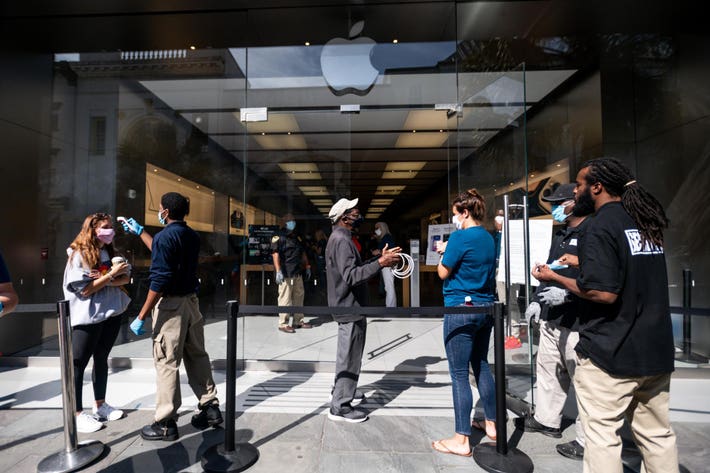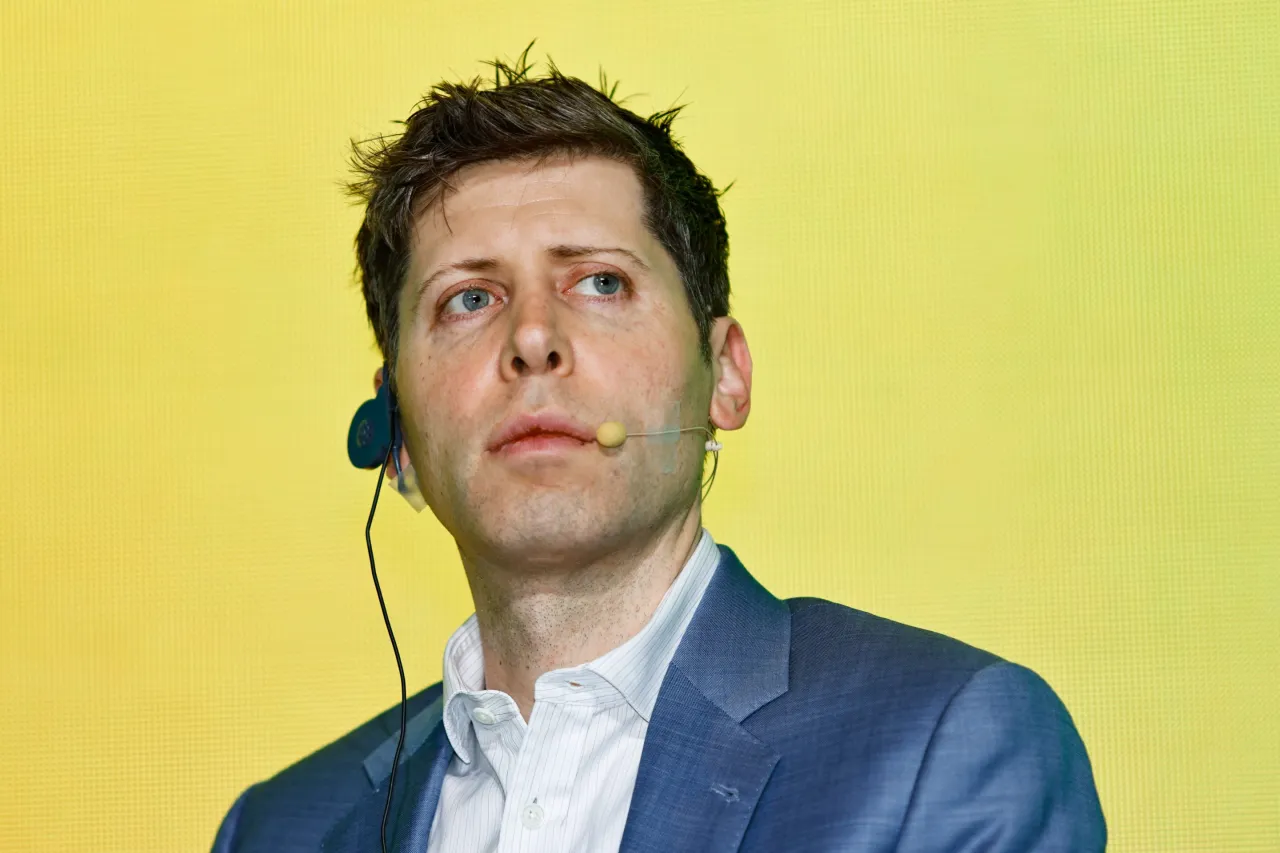Introduction
It’s been five years since the COVID-19 pandemic reshaped the world, and the workplace has undergone a dramatic transformation. From remote work becoming mainstream to shifts in employee expectations, businesses have had to adapt to a new era of work.
Alongside these changes, employee confidence has hit an all-time high, signaling a shift in how workers perceive job security, work-life balance, and career growth. Let’s take a closer look at how COVID has redefined the workplace and what it means for employees today.
1. The Rise of Hybrid & Remote Work
One of the biggest long-term impacts of COVID-19 is the permanent shift to hybrid and remote work models. What was once a temporary response to lockdowns has now become the norm in many industries.
- Before COVID: Only about 20% of employees had the option to work remotely.
- Today: Over 60% of businesses offer hybrid or fully remote work options.
Employees now expect flexibility in their work schedules, and companies that resist remote work are often struggling to attract top talent.
2. Employee Confidence at an All-Time High
Despite concerns about economic downturns, employee confidence has soared post-pandemic. Why?
- More Job Opportunities: The digital transformation accelerated by COVID has created new career paths, particularly in tech, e-commerce, and finance.
- Greater Workplace Transparency: Companies now prioritize mental health, diversity, and work-life balance, leading to increased job satisfaction.
- Stronger Work-Life Integration: Employees have more control over their schedules, reducing burnout and increasing confidence in their ability to maintain a healthy career.
3. AI & Automation Are Reshaping Roles
COVID-19 sped up the adoption of automation and artificial intelligence (AI) in workplaces. Businesses that once relied on traditional operations turned to AI for efficiency.
- AI-driven tools now handle repetitive tasks, allowing employees to focus on creativity and problem-solving.
- Upskilling & Reskilling have become essential, as workers need to adapt to new technology to stay competitive.
4. Office Spaces Have Evolved
The traditional office setup is no longer the same. Many companies have redesigned their workspaces to suit hybrid workforces:
- Less emphasis on personal desks and more focus on collaborative spaces.
- Hot-desking and shared workstations have replaced assigned seating.
- More investment in well-being—offices now feature relaxation zones, fitness areas, and mental health support.
5. The Rise of the Gig Economy & Side Hustles
COVID changed how people think about income. Many professionals now seek multiple income streams through freelancing, consulting, and side businesses.
- Pre-COVID: The traditional 9-to-5 job was the norm.
- Today: Over 40% of workers participate in the gig economy, either full-time or as a side hustle.
Final Thoughts: The Workplace of the Future
Five years after COVID, the workplace is more flexible, digital, and employee-focused than ever before. Employees feel more confident in their careers, knowing they have options beyond traditional employment.
As companies continue to evolve, those that embrace flexibility, technology, and employee well-being will thrive in this new era of work.




